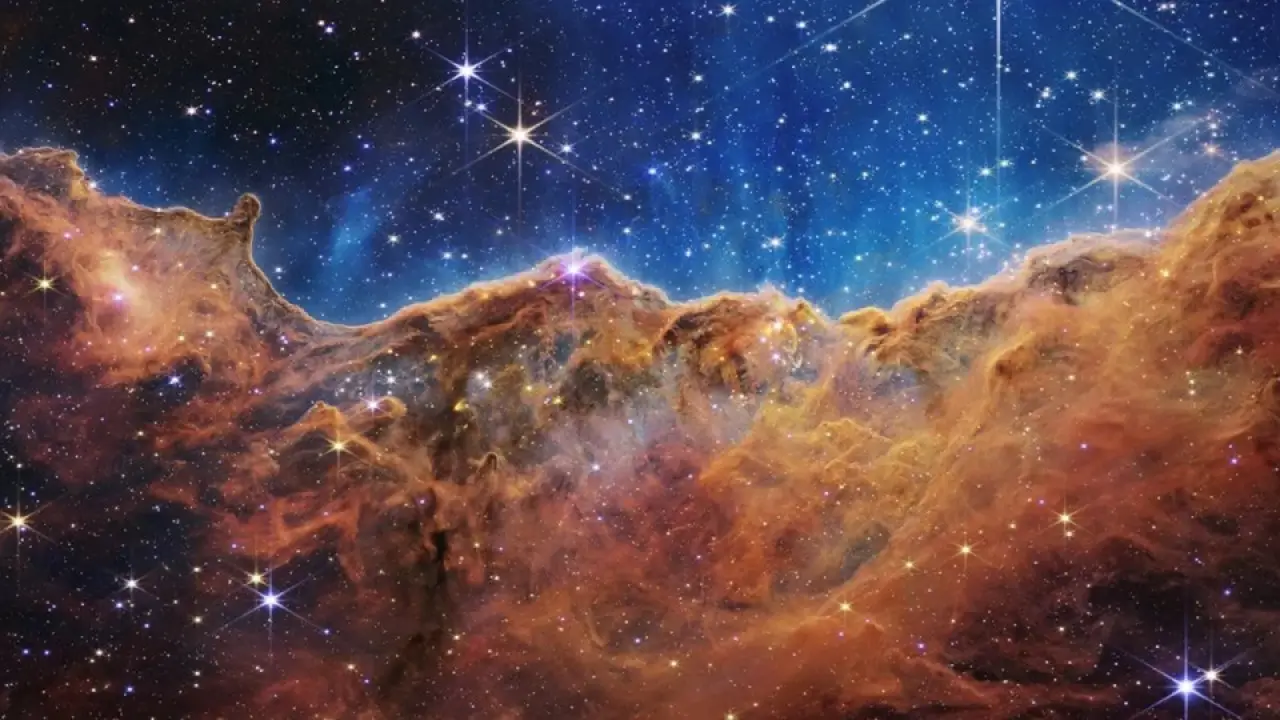
Starlink Emissions Impact 30% of Space Images, Curtin Researchers Reveal (Social Media)
International News: Elon Musk’s satellite internet venture Starlink is drawing criticism from the global astronomy community, with new research warning that its expanding constellation of satellites is interfering with space observations. A research team from Curtin University examined more than 76 million astronomical images and discovered that signals from Starlink satellites had disrupted nearly 30% of the data.
Scientists warn that this kind of interference could skew research results, since much of modern astronomy relies on clean, interference-free images of the universe.
Researcher Dylan Grigg, part of the study team, explained, “The unintentional signals are likely coming from the electronics on board the satellites. The real issue is that these signals are neither easy to predict nor simple to filter out.”
Despite these findings, Starlink is not technically violating any international laws. Steven Tingay, Executive Director of the Curtin Institute of Radio Astronomy, clarified: The International Telecommunication Union (ITU) only regulates intentional transmissions. At present, there are no strict global rules addressing unintentional emissions from satellites.
Starlink was designed to provide high-speed internet to remote parts of the world—a mission widely praised for bridging digital divides. But its rapidly growing network has unintentionally created a new challenge: its radio emissions are interfering with the ability to observe the universe.
This situation underscores the urgent need for updated international standards to ensure that technological progress and scientific discovery can advance side by side—without one undermining the other.





Copyright © 2025 Top Indian News
